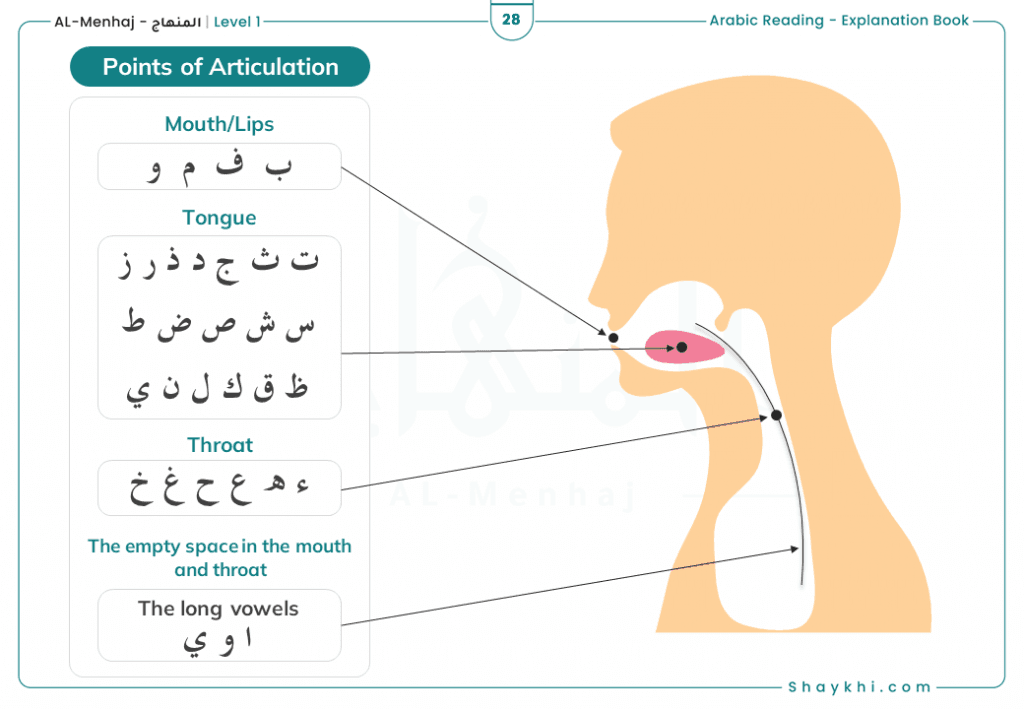Unlocking the Essence of Written Arabic
Ready to explore the captivating world of written Arabic? Your journey begins with understanding the Arabic alphabet and the elegant movements that bring each letter to life. This guide goes beyond basic alphabet charts, delving into the rhythm, flow, and artistic beauty of this ancient script.
Deciphering the Arabic Alphabet
The Arabic alphabet consists of 28 consonants, read from right to left. Unlike English, there are no separate upper and lower case letters. Instead, the same letter takes on different forms depending on its position within a word (beginning, middle, or end).
Vowels in Arabic are represented by small marks called diacritics or Harakat, placed above or below the consonants. These markings, while subtle, are crucial for pronunciation and add a layer of depth to the language.
The Dance of Letters: Why Movements Matter
Mastering Arabic script involves more than just memorizing letter shapes; it’s about understanding their unique movements. These strokes and connections give Arabic writing its distinctive flow and rhythm. Imagine learning to dance just by looking at a still photo—you’d miss the music, the feeling, the movement itself.
Learning Arabic letter movements is crucial for:
- Accurate Handwriting: Proper stroke order is essential for clear and legible writing.
- Reading Fluency: Recognizing letter connections helps you decipher words more quickly.
- Appreciating Calligraphy: Understanding movements deepens your appreciation for the art of Arabic calligraphy.
Bringing the Alphabet to Life: Interactive Charts
Interactive charts are invaluable tools for learning the Arabic alphabet. They provide animations or videos that demonstrate:
- Correct Letter Formation: See exactly how each letter is formed, stroke by stroke.
- Pronunciation: Hear the sounds of each letter as you see them written.
Why is there no p in Arabic?
The Arabic alphabet prioritizes representing sounds over having direct letter equivalents from other alphabets. While there isn’t a separate letter for “P,” the letter “ب” (typically pronounced “b”) can be emphasized to create the “P” sound. This technique highlights the focus on phonetic accuracy in Arabic.
What are the Vibration Letters in Arabic?
Vibration letters or Harakat are diacritical marks that indicate short vowels and other pronunciation nuances.
Types of Harakat:
| Harakah | Symbol | Sound | Example | English Equivalent |
|---|---|---|---|---|
| Fatha | َ | Short ‘a’ | بَ ba | Like the ‘a’ in “cat” |
| Kasra | ِ | Short ‘i’ | بِ bi | Like the ‘i’ in “bit” |
| Damma | ُ | Short ‘u’ | بُ bu | Like the ‘oo’ in “good” |
| Sukun | ْ | No vowel sound | بْ b | Like a very short, clipped sound |
| Tanwin | ً/ٍ/ٌ | An/in/un | – | Adds an “n” sound to the end of a word |
| Shadda | ّ | Doubles the consonant sound | بّ bb | Like pronouncing the consonant twice as long |
Importance of Harakat:
- Accurate Pronunciation: Harakat ensure words are pronounced correctly, which is essential for clear communication.
- Distinguishing Meaning: Even slight changes in pronunciation, indicated by different Harakat, can alter a word’s meaning.
- Quranic Recitation: Harakat are crucial for the precise recitation of the Quran.
While Harakat are often omitted in everyday writing, understanding them is essential for learners to grasp the nuances of spoken and written Arabic.
What are the 28 Arabic letters?
Here are the 28 letters of the Arabic alphabet, along with their approximate pronunciations:
- Alif (ا): Sounds like “ah” or “uh.”
- Baa (ب): “b”
- Taa (ت): “t”
- Thaa (ث): “th” as in “thick”
- Jeem (ج): “j”
- Haa (ح): Strong “h” sound
- Khaa (خ): Throaty sound, deeper than “h”
- Dal (د): “d”
- Dhaal (ذ): “th” as in “this”
- Raa (ر): Rolled “r”
- Zaay (ز): “z”
- Seen (س): “s”
- Sheen (ش): “sh” as in “ship”
- Saad (ص): Emphatic “s”
- Daad (ض): Emphatic “d”
- Taa (ط): Emphatic “t”
- Zaa (ظ): Emphatic “z”
- Ain (ع): Sound made in the back of the throat
- Ghain (غ): Guttural sound, similar to the French “r”
- Faa (ف): “f”
- Qaaf (ق): Sound made in the back of the throat, like a deep “k”
- Kaf (ك): “k”
- Laam (ل): “l”
- Meem (م): “m”
- Noon (ن): “n”
- Haa (هـ): “h,” often silent at the end of words
- Waw (و): “w” or “oo”
- Yaa (ي): “y” or “ee”
What Do We Call the Motion Signs That Are Used With Arabic Letters?
These “motion signs” are called Harakat, as explained earlier. They are essential for indicating short vowels, double consonants (shadda), and the absence of vowels (sukun).
Arabic Alphabet Chart with Movements: Outperforming the Competition
To truly stand out, consider creating an interactive chart with animations or videos demonstrating Arabic letter formation and pronunciation. This would provide immense value to learners.
Additionally, connect the concept of letter movements to the art of Arabic calligraphy. Showcase how understanding these movements unlocks a deeper appreciation for this beautiful art form.
By going beyond static charts and providing engaging, interactive content, your article will become a valuable resource for anyone wanting to master the Arabic script.
For a deeper dive into other fascinating topics, explore these articles:
- Earthquake in Fairbanks, AK
- Quaker Cinema in New Philadelphia
- Gerstenberg Family L.L.C.
- Nostradamus’s Predictions for 2025
- Salary of the Harlem Globetrotters
- Deerfield Inn in Massachusetts
- Roman Soldier Who Died at His Post During the Eruption of Mount Vesuvius
- Discover Long Black Pepper: Flavor & Health Benefits - April 25, 2025
- Shocking Twists: The Grownup Review: Unreliable Narration - April 25, 2025
- A Quiet Place Book vs Movie: A Deep Dive - April 25, 2025

















3 thoughts on “Mastering Arabic Script: Your Complete Guide to the Alphabet & its Elegant Movements”
Comments are closed.